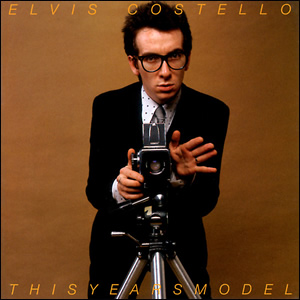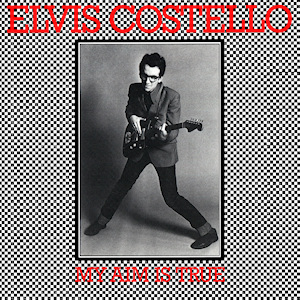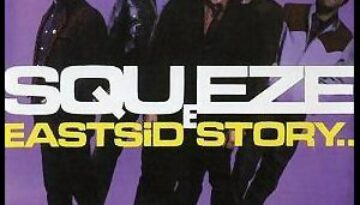Top 9 Rock Festivals
This week Classic Rock Review joins the celebration of the 45th Anniversary of the historic 1969 Woodstock Music Festival. In conjunction with Top 9 Lists, we present a list of the Top 9 […]

This week Classic Rock Review joins the celebration of the 45th Anniversary of the historic 1969 Woodstock Music Festival. In conjunction with Top 9 Lists, we present a list of the Top 9 […]

Buy This Year’s Model 1978 was a breakthrough year for Elvis Costello. His second album, This Year’s Model, was released in the Spring featuring his backing band, The Attractions, for the first time. […]

Buy My Aim is True My Aim Is True is the debut album by Elvis Costello and it introduced the world to a hybrid sound that drew near equal influence from 1950s old […]

Buy East Side Story East Side Story is the fourth studio album by Squeeze, released in 1981. The album signified a break with the band’s traditional “new wave” sound towards more divergent styles […]